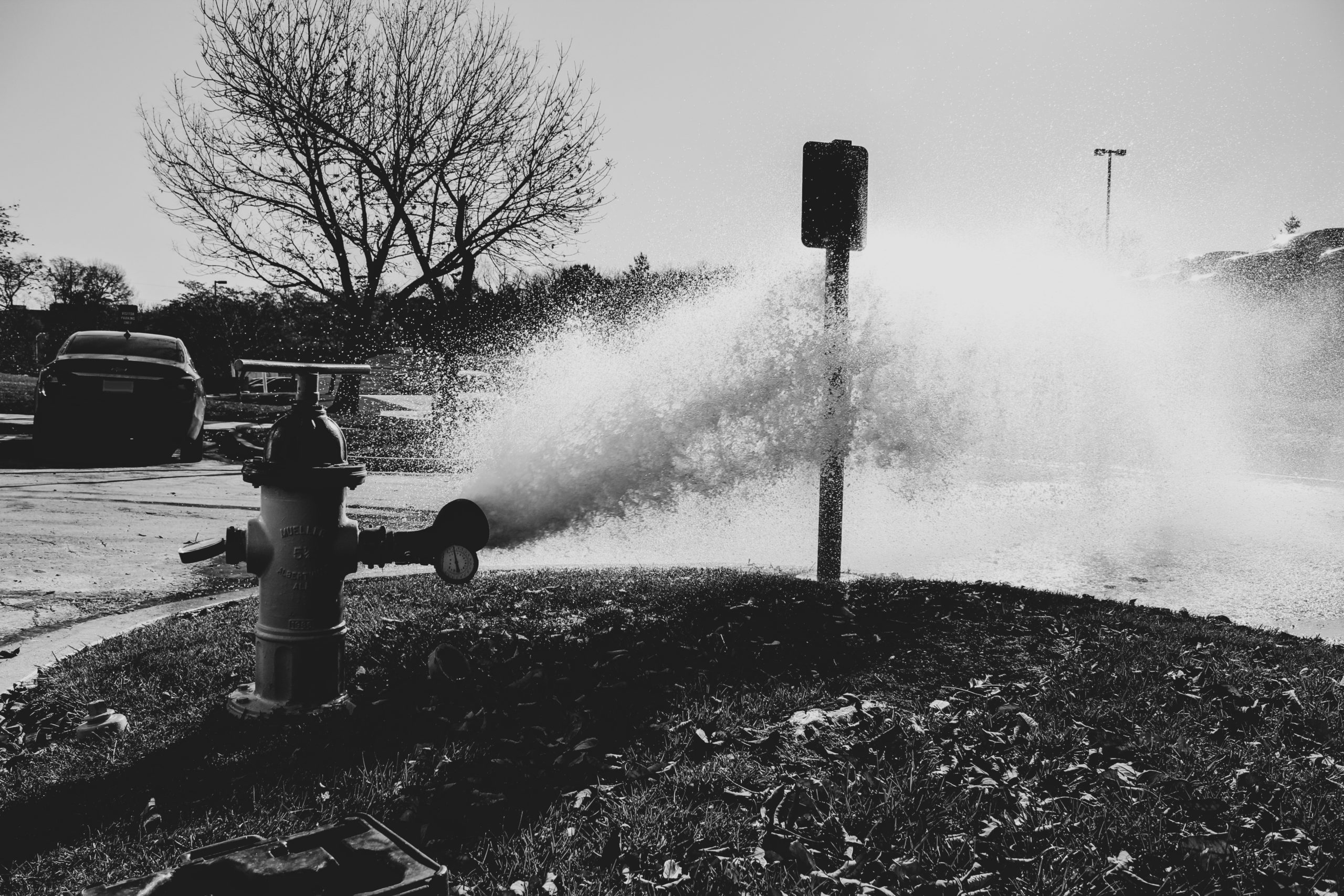Fire hydrants are a necessary component to fire protection and the ability of fire departments to be able to effectively manage fires. There are two distinct types of fire hydrants: City Hydrants and Private Hydrants. As a property manager or owner’s representative, it is important to know the difference and responsibility of the owner for maintenance purposes.
City Hydrants
City hydrants are those that are on public property and the city is responsible for maintaining the hydrants. They are going to be the most common as they are seen along public streets and property, positioned to allow the fire department to access them easily.
Private Hydrants
Private hydrants are those that are on private property, which are owned and maintained by the owner. Private fire hydrants are required by the International Fire Code to supply the necessary water supply for fire protection. Private fire hydrants are installed when the distance between the building or property and the closest public fire hydrant is too far for the fire department to access to battle a fire.
The Springfield (MO) Fire Department has provided a useful document to help better represent the differences between public and private fire hydrants. You can find that here or on the Resources page.
Inspection, Testing, & Maintenance of Private Fire Hydrants
Below are the requirements of NFPA 25, Standard for Inspection, Testing, & Maintenance of Water-Based Fire Protection Systems. Private fire hydrants should be flow tested annually to clear any foreign material from the private service main. This is done because occasionally, rocks or other foreign material can get into the fireline and cause blockage. It also allows the ITM vendor to identify any potential problems before they get worse. Chapter 7 in NFPA 25 covers Private Fire Service Mains and the inspection, testing, and maintenance of private fire hydrants. The items below are an overview and not a comprehensive list of everything that should be completed. For a comprehensive list, please contact us.
Inspection
-
-
- Inspect annually and after each operation
- Exposed piping shall be inspected annually
- Underground piping should be inspected per 7.2.2.2
-
Testing
-
-
- Hydrants shall be flowed annually
- Each hydrant shall be opened fully and water flowed until all foreign material has cleared and flow shall be maintained for not less than 1 minute.
- After operation, dry barrel and wall hydrants shall be observed for proper drainage from the barrel and should take no longer than 60 minutes to fully drain.
- Exposed and underground piping shall be flow tested at a minimum of 5-year intervals
-
Maintenance
-
-
- Hydrants shall be lubricated annually to ensure that all stems, caps, plugs, and threads are in proper operating condition
- Hydrants shall be kept free of snow, ice, and other materials, and protected against mechanical damage so that free access is ensured
-
Service & Repair
Sho-Me Fire Protection has the ability to work on all types of hydrants and underground fireline mains. Our team of experts have worked on numerous repairs for both hydrants and underground fireline where we have replaced old hydrants with new, replaced bulk fireline main, completed valve stem repair and other repairs you might need.

